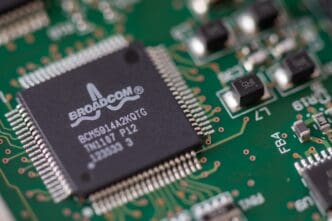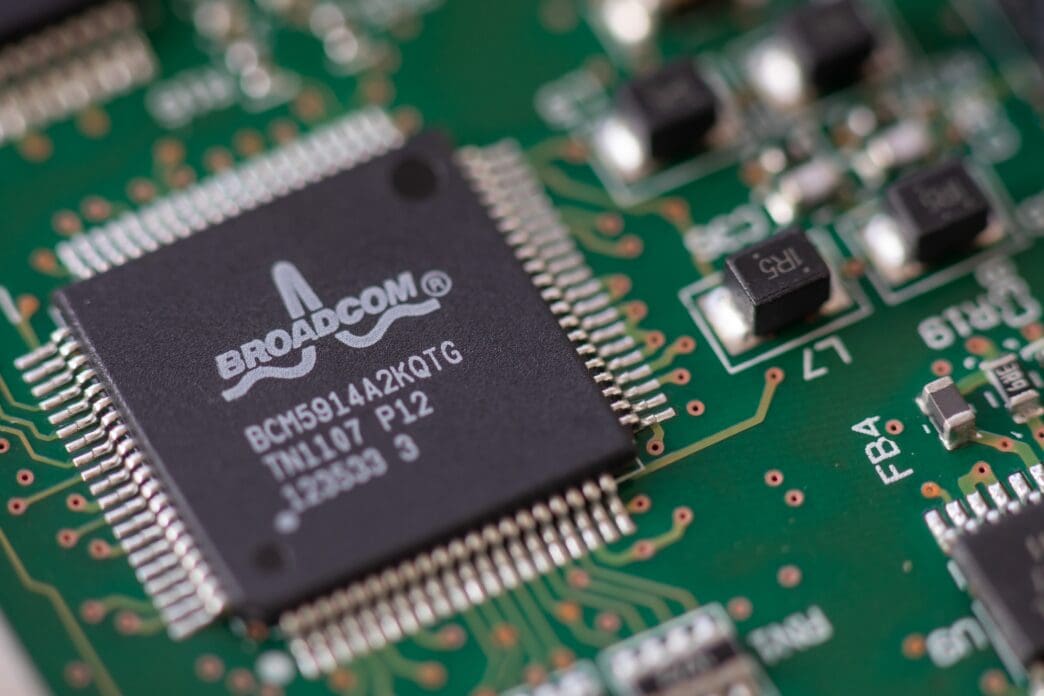Executive Summary
The Story So Far
Why This Matters
Who Thinks What?
Nvidia’s dominant position in the artificial intelligence (AI) chip market is facing increasing competition from Advanced Micro Devices (AMD) and Broadcom, despite projections of significant growth in AI spending over the next five years. The company, which has seen remarkable growth in recent years, is at a pivotal point as competitors begin to offer viable alternatives to its graphics processing units (GPUs).
Nvidia’s Market Leadership
Nvidia has emerged as the world’s largest company by market capitalization, a significant rise from its valuation three years prior. This ascent has been fueled by unprecedented demand for artificial intelligence, particularly for its GPUs, which are critical for processing arduous workloads such as training generative AI models.
The company has experienced substantial revenue and profit growth. AI hyperscalers have announced numerous deals with Nvidia and its partners, indicating that data center capital expenditures are expected to reach record levels in 2026.
Emerging Competition
Despite Nvidia’s estimated 90% market share, concerns are growing among investors regarding potential market share erosion. Advanced Micro Devices (AMD) has recently signed a significant deal with OpenAI, the developer of ChatGPT. This agreement signals that AMD’s products are becoming competitive with Nvidia’s, potentially prompting other AI companies to deploy AMD hardware.
Broadcom also presents a challenge, though its approach differs. Broadcom produces custom AI accelerator chips designed in collaboration with end-users. These chips can reportedly outperform Nvidia’s GPUs at a lower cost, albeit with reduced flexibility due to their specialized design for specific workloads.
Future AI Spending Projections
Nvidia projected during its Q2 earnings call that global data center capital expenditures could reach between $3 trillion and $4 trillion by 2030. This forecast has been echoed by multiple Wall Street firms, which have provided similar or even higher estimates for AI spending in the coming years.
With global data center capital expenditures estimated at approximately $600 billion this year, Nvidia’s projection suggests a compound annual growth rate (CAGR) of about 42% for the sector. Should Nvidia maintain its market share and sustain a similar growth rate, the company could expand significantly.
Outlook
The outlook for Nvidia largely hinges on the realization of these multi-trillion-dollar AI market projections and the company’s ability to defend its market share against rising competition. While the article’s author, Keithen Drury, suggests that AI spending projections are likely to materialize, the possibility of decreased AI spending or substantial market share loss remains. The long-term trajectory of the AI market will ultimately determine Nvidia’s future valuation and growth.







